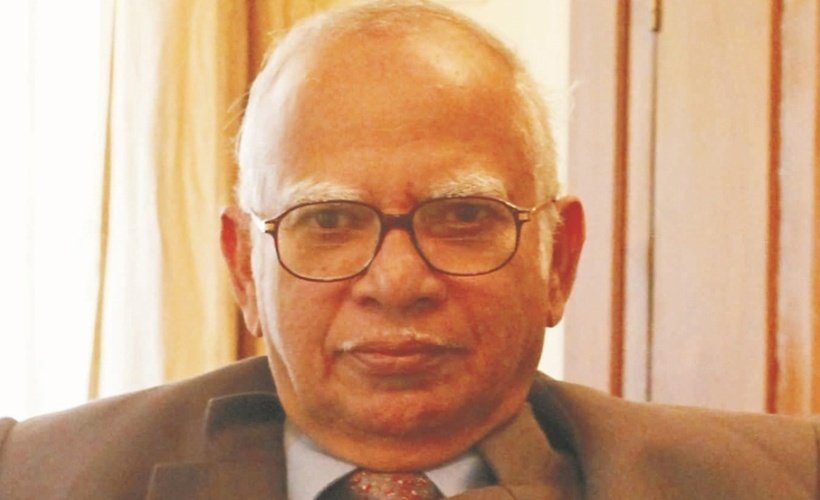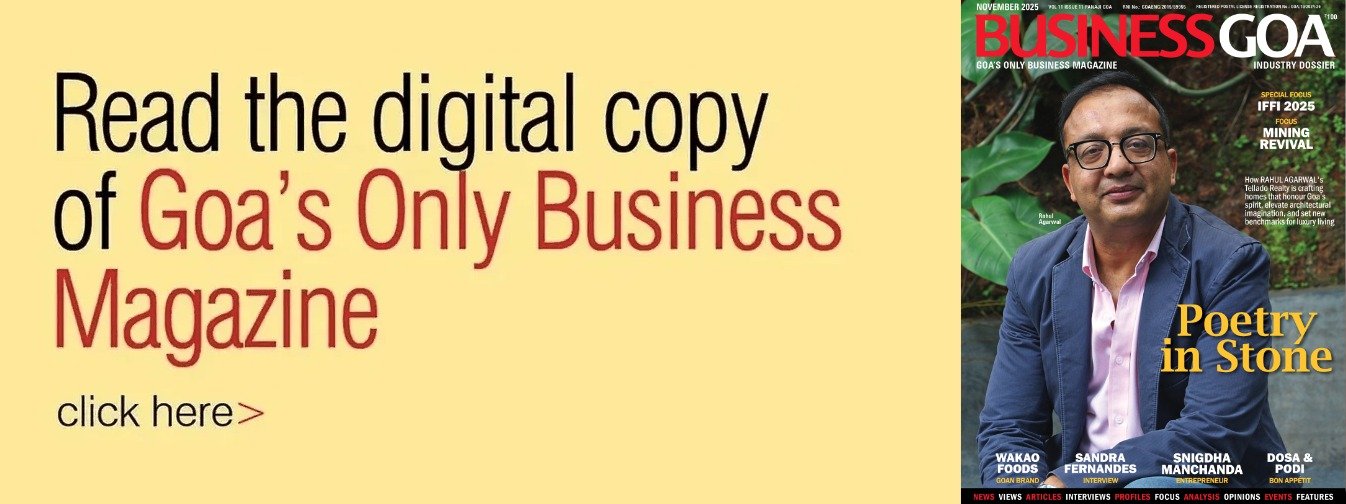
V B Prabhu Verlekar speaks extensively on the MSME Act and the Government benefits available to small enterprises
India is a country of wide-ranging entrepreneurs – from tiny enterprises of tea, vegetable, food vendors to multinational enterprises of Tata, Birla, Adani and Ambani. Every one of these contributes to growth and development of our country measured in terms of GDP (gross domestic product). In this, share of micro, small, medium enterprises numbering 6.30 crores is 28% and provides 40% employment numbering 11.1 crores. There are over 350 small scale specialised dedicated industry clusters throughout India, like leather goods at Agra and Calcutta, diamond cutting units in Surat, knitted garments at Tirupur, fieworks at Sivakasi, brassware at Jamnagar, truck building at Nirankal, contributing to about 60% of manufacturing done for exports. This sector is the second largest provider of employment after agriculture, at lower capital cost, works in the development of backward and rural areas, acts as an ancillary for large enterprises, and is the backbone of Indian economy. Due to this the MSME sector is called the ‘growth engine’ of the country.
Under the Industrial Development and Regulation Act, 1951, this tiny cottage and village industries and micro, small
and medium industries were collectively termed as Small-Scale Enterprises (SSE). For their growth, certain items were exclusively reserved for SSE sector. SSE was defined on the basis of investment in plant and machinery – upto 25 lacs for tiny, `5 crores for small and `10 crores for medium for manufacturing sector. They feared to expand for losing privileges in the reserve category, which retarded growth and competitiveness. Except for these two provisions, there was no other legal framework for this sector. Their growth was handicapped due to high cost of funds, low technology, insufficient infrastructure facilities in terms of communications, road, water, electricity,
power, low skilled work force and delays in getting their dues for supplies made.
To address the issues of the MSME sector and to frame proper policies for its promotion, growth and enhancing
competitiveness; Government of India has enacted the comprehensive The Micro, Small and Medium Enterprises
Development Act, 2006. This Act covers classification of enterprises, measures for promotion, development and enhancement of competitiveness of MSMEs, and delayed payment to micro and small enterprises (not available for medium enterprises). A new ministry called Ministry of Micro, Small and Medium Enterprises was formed.
This Act allows all enterprises – proprietorships, HUFs, AOPs, cooperative societies, partnership firms, LLPs, companies or any Undertaking for registration. In addition, all service providers including chartered accountants, advocates can get registration under this Act. Trading and certain activities like fishing, poultry, processing of agricultural products etc. are not eligible for registration.
With effect from the 1st day of July 2020, an enterprise is classified as a micro, small, medium enterprise based on the following criteria, namely:
1. A micro enterprise, where the investment in plant and machinery or equipment does not exceed one crore rupees and turnover does not exceed five crore rupees;
2. A small enterprise, where the investment in plant and machinery or equipment does not exceed ten crore rupees and turnover does not exceed fifty crore rupees; and
3. A medium enterprise, where the investment in plant and machinery or equipment does not exceed fifty crore rupees and turnover does not exceed two hundred and fifty crore rupees.
All units with GSTIN listed against the same Permanent Account Number (PAN) is collectively treated as one enterprise and for classification, combined turnover and investment figures of all such units will be aggregated for considering the category. The distinction between the manufacturing and service enterprises has been removed by making the investment amount and annual turnover similar for enterprises engaged in both the sectors. For
calculating turnover, exports of services and goods are excluded. Under the ‘Make in India’, initiative of the Government, many benefits are available to MSMEs for which registration on the Udyam portal is must. The Registration with this portal is free. Traders are not allowed to do MSME registration. Only manufacturing or service sector units can register with Udyam.
Following key benefits are available:
• Priority sector lending under Credit Guarantee Trust Fund (CGTMSE) for overdraft interest rate concession of 1%.
• Collateral free loans to micro and small enterprise.
• Credit Linked Capital subsidy scheme (CLCSS) for purchasing machinery and technologies to start business.
• Export Promotion of Capital Goods (EPCG) to allow import of capital goods at zero duty to start business.
• 50% subsidy on patent registration and eligibility for industrial promotion scheme.
• Concessional rate of electricity tariff from few states electricity boards.
• Reimbursement of ISO certification charges.
• Protection against delayed payment and allowed to seek interest after 45 days.
• Newly introduced ‘SamadhaanSambandh-Sampark’ Scheme for empowerment.
• More than 30 Schemes are available online at www.champions.gov.in.
During the last decade MSMEs have shown impressive growth and has immense potential to grow to enable India to reach USD 5 trillion economy. There is an urgent need to create awareness about the above schemes offered for the benefits of business enterprises so that maximum entities can avail desired benefits.
The Covid pandemic has badly affected this sector with stringent lockdowns resulting in severe liquidity crisis affecting their survival.
To address these issues, Government has taken several measures to provide relief and support to MSME’s apart from recent additional `3,00,000/- crore and further `1,50,000/crore under Emergency Credit Line Guarantee Scheme for additional working capital finance with easy terms. In order to boost the tourism sector, loans to travel agencies and tourist guides, one-month free visa to first five lakh international tourists has been sanctioned. In addition, the release of pending payments by PSU’s, collateral free loans, subordinate debt for stressed MSMEs.
Fiscal and monetary measures for credit availability, equity infusion; income tax refunds, reduction in import duties for inputs, increase in basic customs duties on products produced by MSMEs; extension of time limits under tax laws, waiver of additional fees under Companies Act, and facilitating ease of doing business.
Under recent notification issued by the Central Government, wholesalers and retailers are included for benefits as
MSMEs under service provider category. However, what is going to bounce back the recovery of MSMEs sector is
resilience and a strong fighting spirit of MSME entrepreneurs in India who have successfully weathered the storm
of demonetization, GST implementation and many other challenges to the market. The third covid wave being non-starter due to vaccine immunized India; great days are ahead for MSMEs
The Columnist is a senior Chartered Accountant and has authored many books on accounting and taxation. Email: verlekar@bsnl.in





